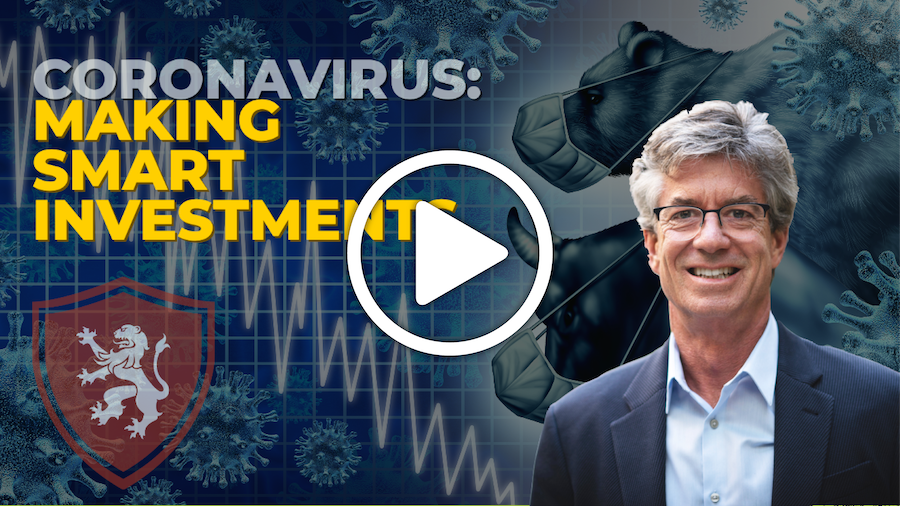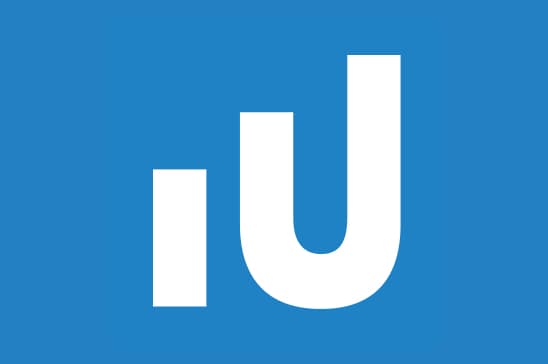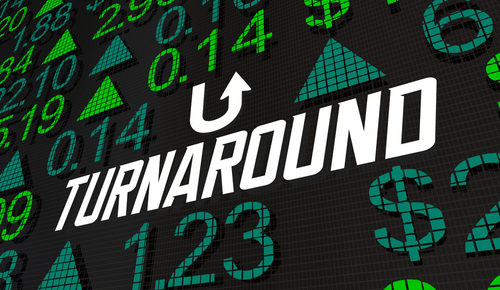A New Way to Think About Retirement Income
- Investors who focus on income first and foremost often make poor investment moves.
- Today, Alexander Green explains why liquid securities offer the best wealth protection during this crisis – and in retirement in general.
Editor’s Note: We know this is a stressful time for investors, and we’ve got your back. We’re sharing weekly videos from Alexander Green and Nicholas Vardy, along with updates from many of our other strategists. Be sure to like The Oxford Club’s Facebook page and subscribe to our YouTube channel, and you can check out Alex’s newest video here: “Making Smart Investments During a Market Meltdown.”
– Christina Grieves, Senior Managing Editor
To combat the coronavirus, the Federal Reserve has taken short-term rates back to zero.
Savers and fixed income investors are not popping the good champagne.
The Fed’s dramatic move means bank accounts and money markets will soon pay next to nothing again.
Most already do.
The pickings are not much better in the bond market with 10-year Treasurys paying 0.6%.
That practically guarantees a negative return after inflation over the next decade – and puts income investors in a tough spot.
After all, four decades ago the average yield on a 10-year Treasury bond was 11.4%.
So a retiree with a million-dollar portfolio could count on $114,000 in super-safe annual income.
With a current yield of 0.6%, you need a Treasury portfolio of $19 million to generate that same income.
And not many of us have an extra $18 million lying around.
The conventional wisdom is everyone needs income. But if you’ve spent decades building an investment portfolio, that’s really not true.
Sure, you have a monthly overhead.
That may include mortgage, car, insurance, utility and credit card payments.
But – while this may seem like a radical statement – even in retirement you don’t need interest payments or dividends.
What you need are liquid assets that can be easily converted to cash.
This is not just a matter of semantics.
Investors routinely take enormous risks buying high-yield bonds that may default or investing in dividend-paying stocks that soon cut – or eliminate – their quarterly payments.
When that happens, they not only don’t get the income they counted on. They often lose a chunk of their capital, at least temporarily.
And sometimes permanently.
The frustrating part is they didn’t need income in the first place.
Yet investors – or their money managers – often handle their portfolios as if monthly or quarterly distributions are essential.
Not so.
For example, Warren Buffett, through his holding company Berkshire Hathaway (NYSE: BRK-A), has delivered a 19.7% average annual return over the last 50 years.
That’s enough to turn an original investment of $10,000 into more than $80 million.
Would it have been wise to turn up your nose at this investment because Berkshire never paid dividends?
After all, you’re not breaking any rules if you sell some shares from time to time to meet expenses.
And commissions have come all the way down to zero, eliminating the last bit of friction.
Sure, Berkshire is a dramatic example. But I could make the same case for long-term holders of hundreds of other stocks.
Investors who focus on income first and foremost often make poor investment moves.
Here’s what many are doing now:
- They are buying higher-yielding long-term bonds, exposing themselves to greater interest rate risk in the bond market.
- They are buying junk bonds instead of high-grade bonds, exposing themselves to greater credit risk.
- They are buying high-yielding retailers, airlines, hotels, and oil and gas exploration companies just before their dividends are slashed or eliminated.
These are different versions of the same mistake: thinking in terms of “income” rather than “liquid assets.”
It goes without saying that people without financial assets need income, either earned or delivered through the social welfare system.
But what investors need are liquid securities – stocks, exchange-traded funds, real estate investment trusts and fixed income investments – that can be readily converted into cash.
Once you understand this, you can structure your portfolio the right way, prioritizing not interest payments or dividend yields but the one thing that truly matters: total returns.
About Alexander Green
Alexander Green is the Chief Investment Strategist of The Oxford Club, the world’s largest financial fellowship. For 16 years, Alex worked as an investment advisor, research analyst and portfolio manager on Wall Street. After developing his extensive knowledge and achieving financial independence, he retired at the age of 43.
Since then, he has been living “the second half of his life.” He runs The Oxford Communiqué, one of the most highly regarded publications in the industry. He also operates three fast-paced trading services: The Momentum Alert, The Insider Alert and Oxford Microcap Trader. In addition, he writes for Liberty Through Wealth, a free daily e-letter focused on financial freedom.
Alex is also the author of four New York Times bestselling books: The Gone Fishin’ Portfolio: Get Wise, Get Wealthy… and Get On With Your Life; The Secret of Shelter Island: Money and What Matters; Beyond Wealth: The Road Map to a Rich Life; and An Embarrassment of Riches: Tapping Into the World’s Greatest Legacy of Wealth.







